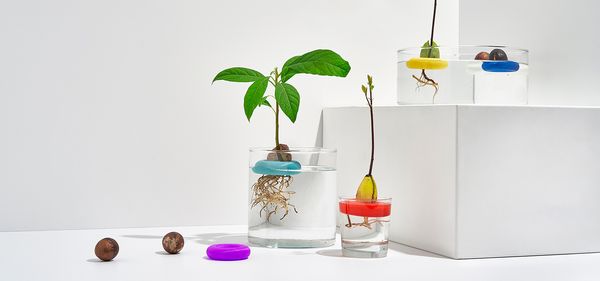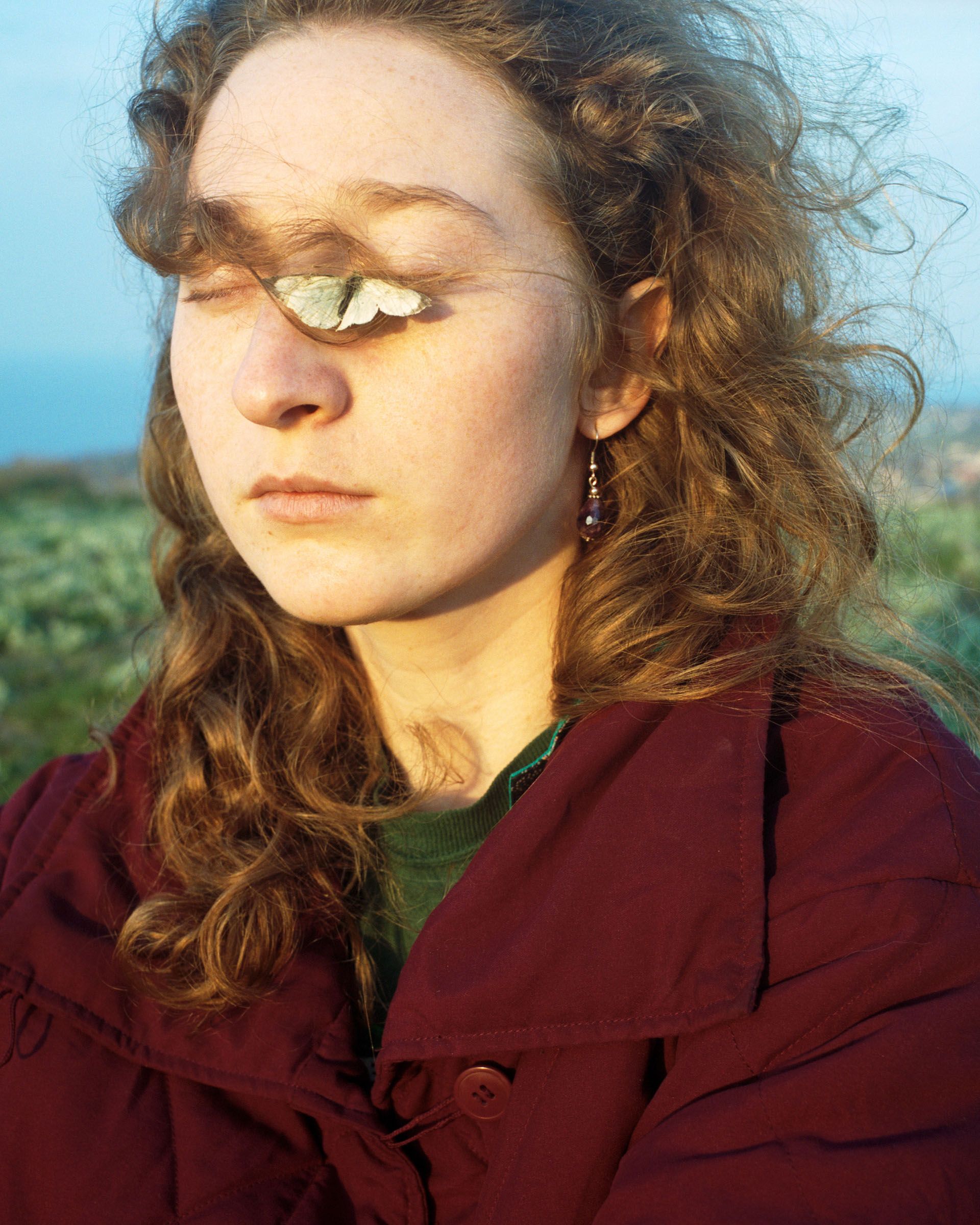One day, Ukrainian photographer Olga Vorobyova got fed up with city life and found solace on the Black Sea coast, in her hometown. Then she created a photo series about it.
The Greek poet Hesiod said that Aphrodite was born from sea foam and went ashore on a shell on the island of Kythira. From then on, wherever she set her foot, flowers and trees rose from the ground, and her deeds were followed by prying eyes. This moment is depicted by Botticelli’s painting, which has become known in Western cultures as the symbol of femininity.

One of the women on the portraits of Olga Vorobyova resembles Botticelli’s painting. The series was made on the Black Sea coast, in the small provincial town of Primorskiy on the Crimean peninsula where the photographer was born. Her portrait series depicts the women Vorobyova had grown up with: the lyrical shots show her mother, her grandmother, and her best friend. When she talks about the pictures, she never references to “The Birth of Venus” painting, she only wanted to capture the small freedoms of growing up on the coast, in the daze of nature and fresh air. Each portrait is very gentle, and entwined with a longing for home. The camera angle is always pointed upward a bit, this way reflecting her admiration for her subjects.
Vorobyova names the sea as the protagonist of her photos. She depicts the locals’ relationship with the coastline like this:
“The view of the horizon fills so many people’s hopes, fears, and expectations”
In recent years, Vorobyova’s hometown and this very seafront have been affected by Russia’s 2014 annexation of Crimea. After this, it was even more important for the photographer to show the lives of the people living there.
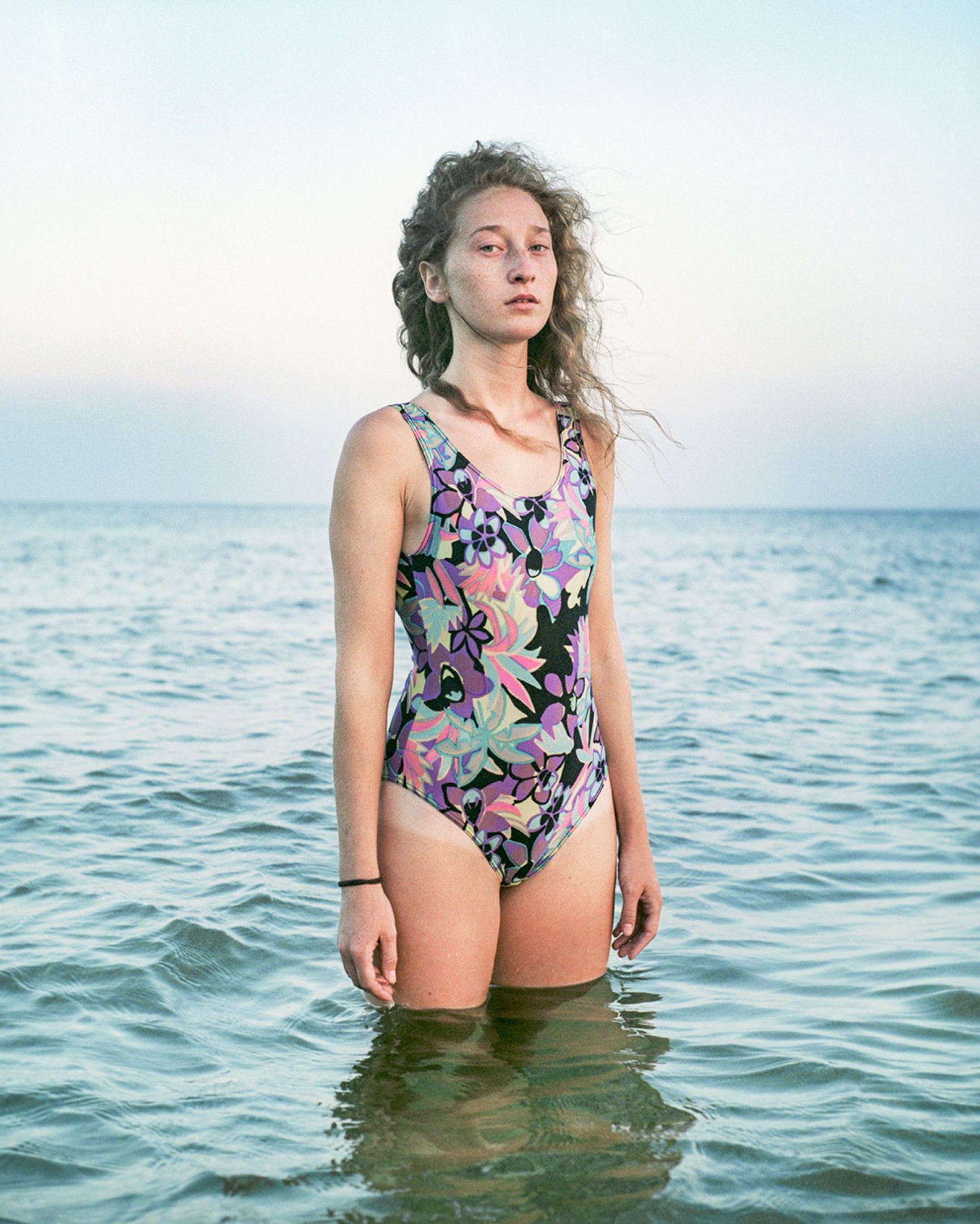
As a teenager, she wanted to leave Primorskiy more than everything. Then she moved to Moscow, where she longed for the salty breeze of the sea and the deep forests. Her trips to her home town served as inspiration in each and every one of her works, including this series titled “The Girl Who Used To Be”. In Moscow, she felt that people are crammed together, but small towns provided comforting openness and livable spaces for her.
“At home, whether on transport or on the street, I like to overhear stories about people’s lives, what news they received, what they had for dinner”
In Moscow, in addition to nature and honest conversation, she missed true feminine characters the most.
“I spent my childhood and adolescence raised largely by women. When I left my hometown and acquired some independence I started thinking what I would have been like if I’d stayed there…”
“I shoot women of different ages, those who are significant for me, and those who remind me of myself” – she added. In addition to the ones being the closest to Olga, she also photographed one of her ex rhythmic gymnastics team mates from her school and one of the oldest women in town, too.
“As I was shooting this project, I thought about myself as a little girl who doesn’t know what kind of future is waiting for her in such a small village.”
Among the portraits Olga also captured an abandoned shoe that was left for so long that it has grown barnacles and can hardly be noticed between the rocks. It looks like it was taken off by a person who wanted to dip their toes into the sea. Perhaps it was Aphrodite returning home?



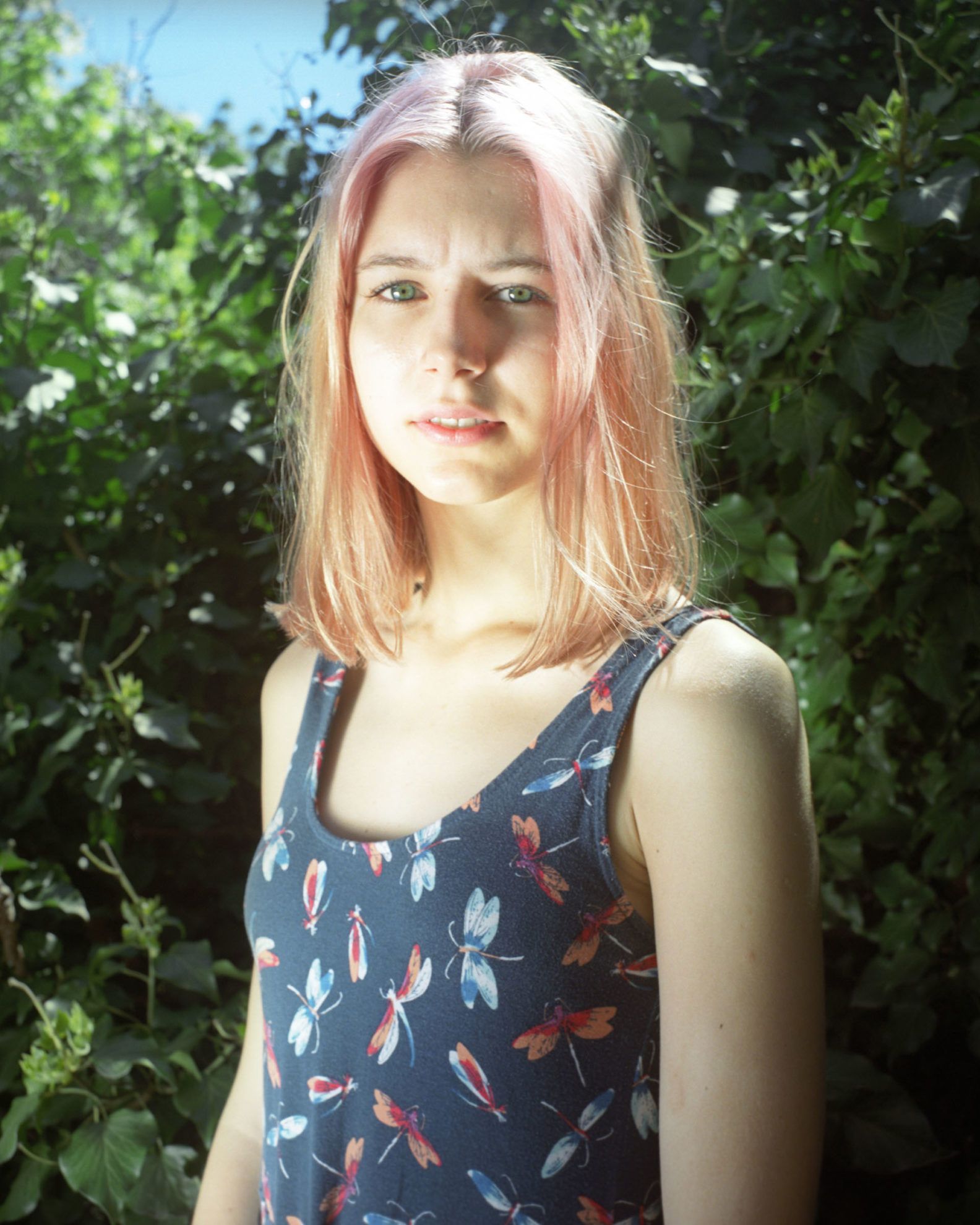
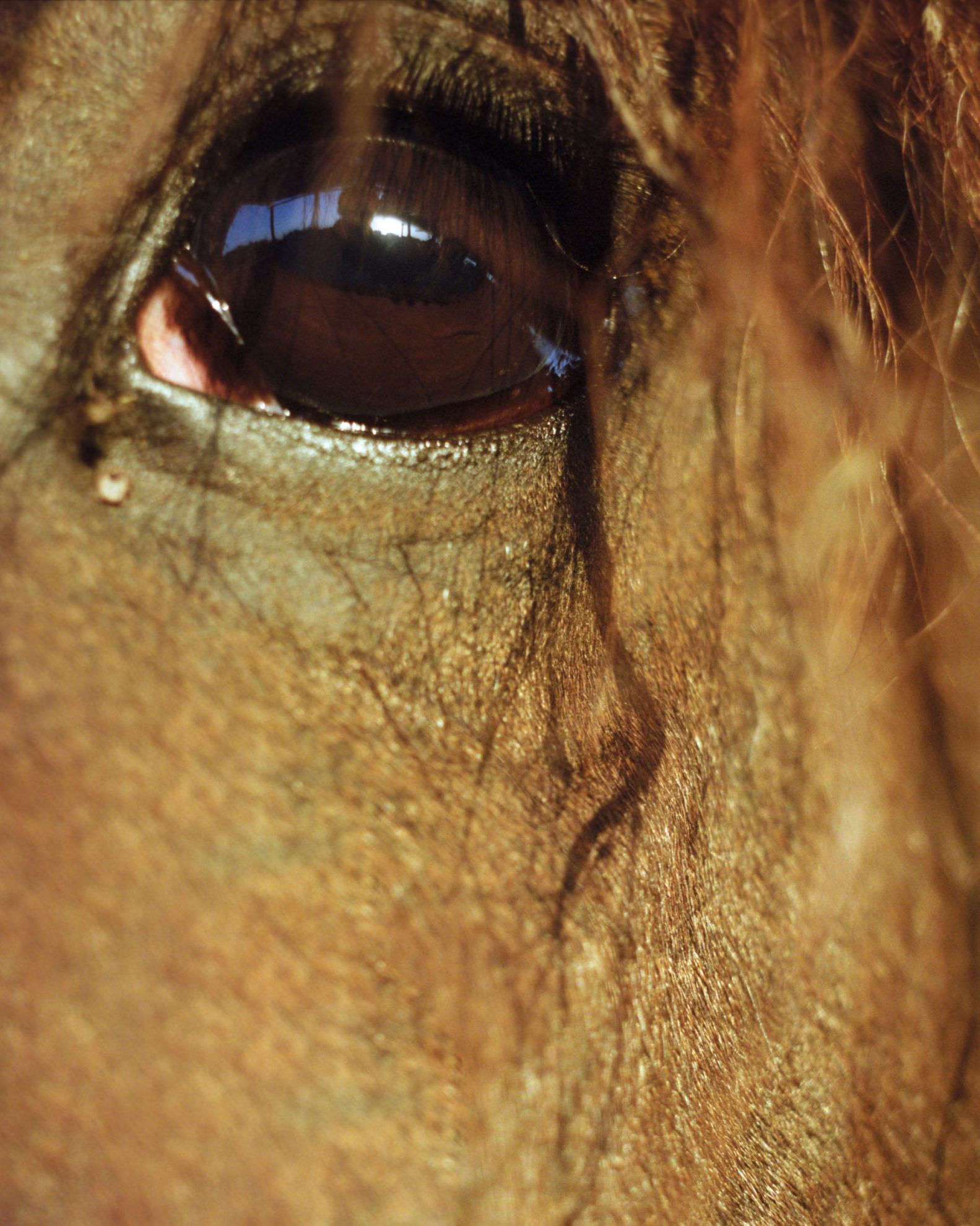
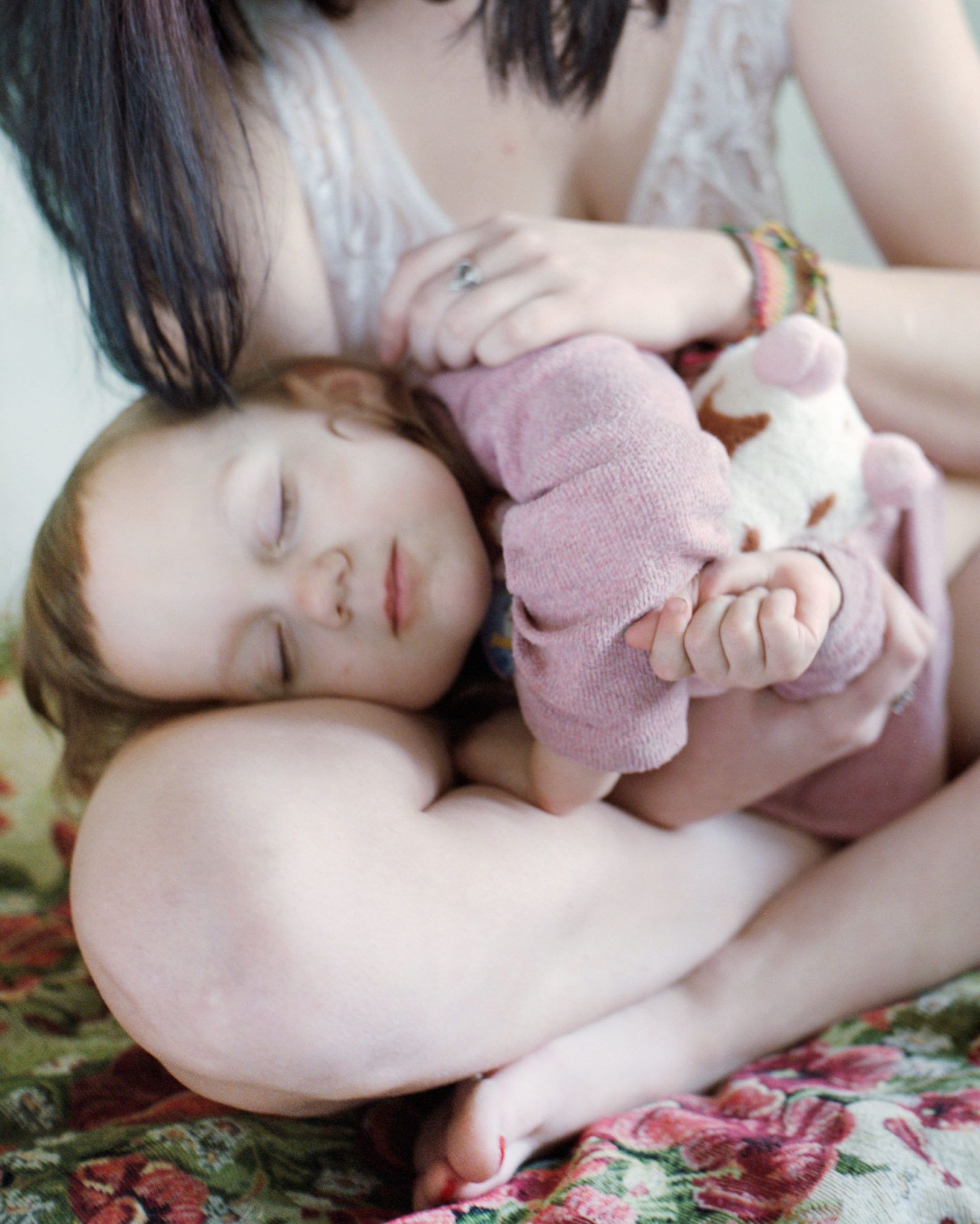
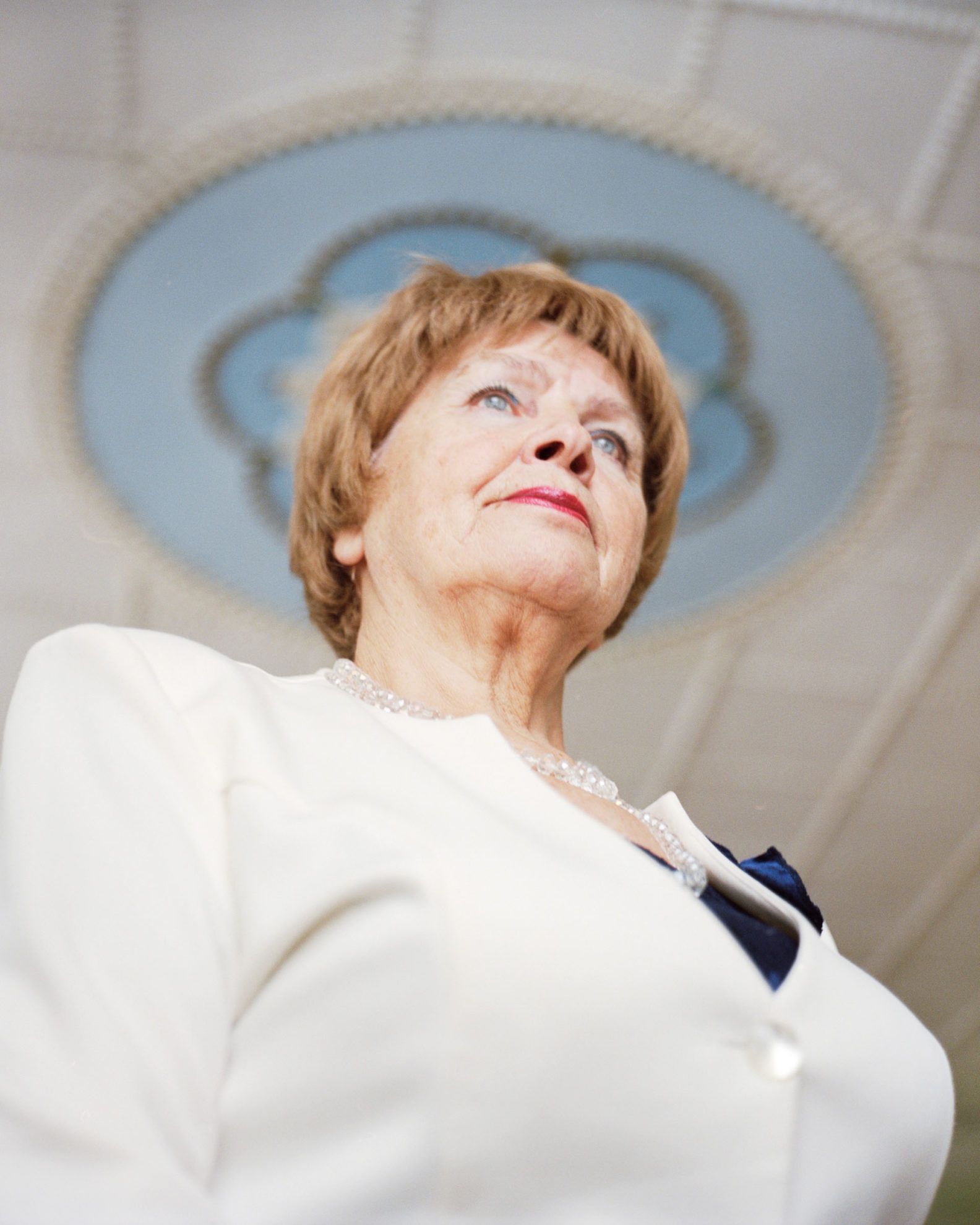

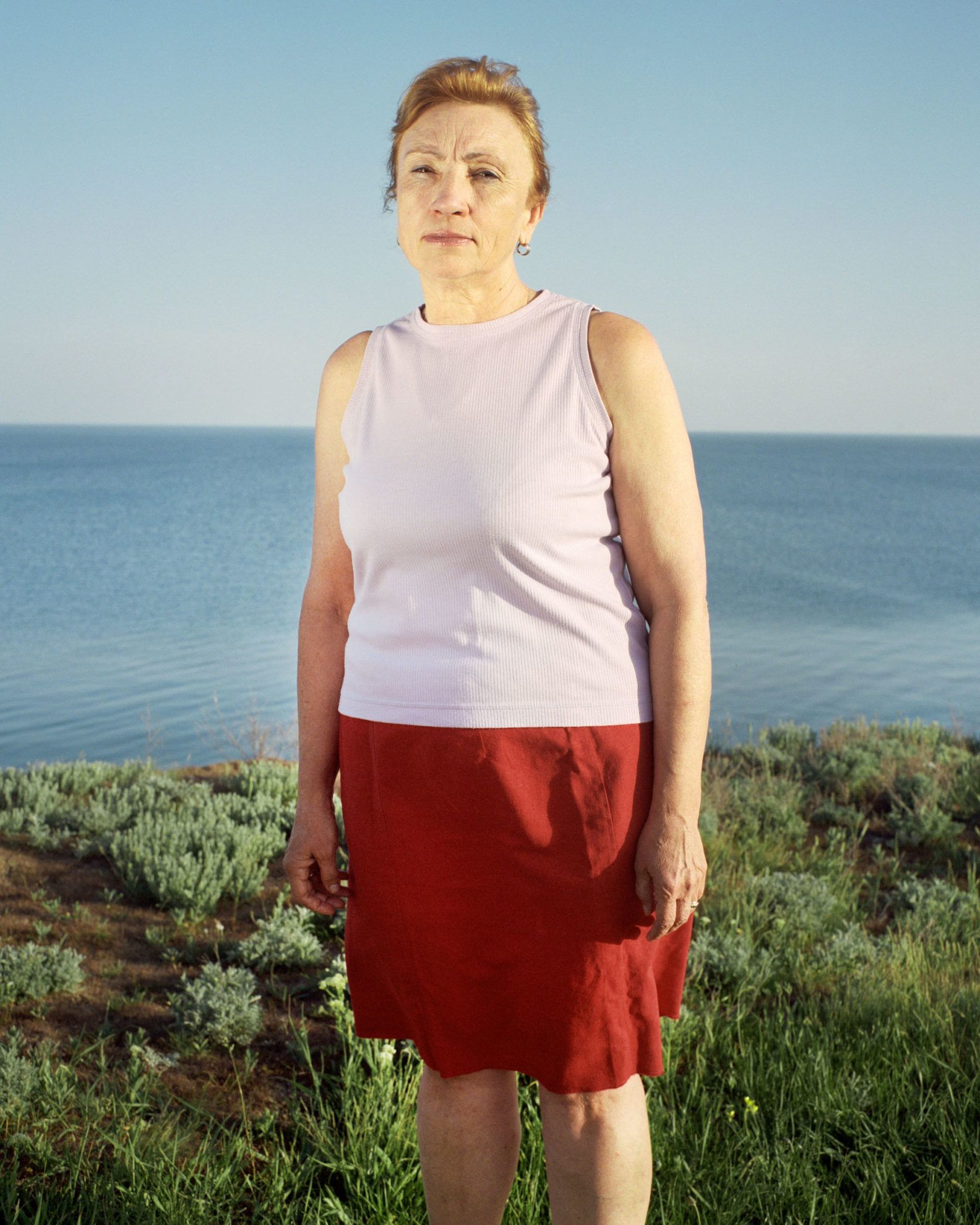
Source: The Calvert Journal

Creatives in quarantine | Recommended by the editors of HYPE – Music

BASIC collection | NON+
